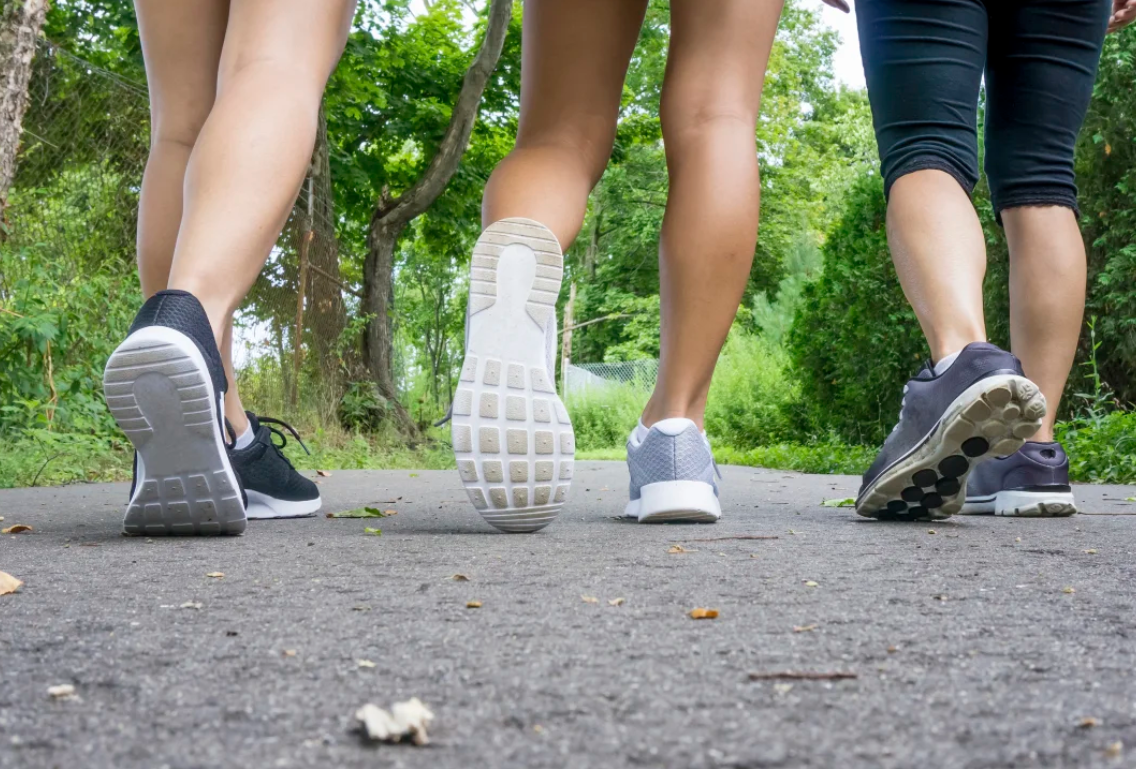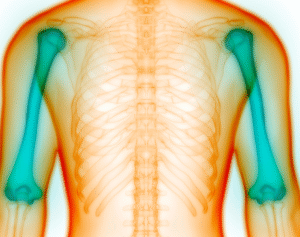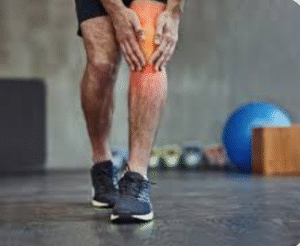Walking Wisely: Navigating Fibromyalgia with Purposeful Steps
Walking Wisely: Navigating Fibromyalgia with Purposeful Steps
Fibromyalgia is a chronic condition characterized by widespread musculoskeletal pain, fatigue, and tenderness in localized areas. Managing its symptoms often requires a multifaceted approach, including medication, therapy, and lifestyle modifications. Among these, physical activity, particularly walking, has emerged as a beneficial practice. However, the question arises: should individuals with fibromyalgia engage in extensive walking routines?
Understanding the Role of Walking in Fibromyalgia Management
Walking is a low-impact aerobic exercise that can be tailored to individual capabilities, making it an accessible option for many. Engaging in regular walking routines has been associated with various health benefits, including improved cardiovascular health, enhanced mood, and better sleep quality. For individuals with fibromyalgia, these benefits can translate into reduced symptom severity and improved quality of life.
Research indicates that aerobic exercises like walking can help alleviate fibromyalgia symptoms. A study published in the Cochrane Database of Systematic Reviews concluded that aerobic exercise probably improves quality of life and may reduce pain and fatigue in people with fibromyalgia. Moreover, walking can aid in increasing serotonin levels, which are often found to be low in individuals with fibromyalgia, potentially contributing to mood enhancement and pain reduction.
Implementing a Walking Routine: Best Practices
While walking offers numerous benefits, it’s crucial to approach it thoughtfully to avoid exacerbating symptoms. Here are some guidelines to consider:
- Start Slowly: Begin with short durations, such as five minutes a day, and gradually increase the time as tolerated.
- Consistency Over Intensity: Regular, moderate walking sessions are more beneficial than sporadic, intense workouts.
- Listen to Your Body: Pay attention to how your body responds. If you experience increased pain or fatigue, consider reducing the duration or intensity of your walks.
- Incorporate Rest Days: Allow your body time to recover by scheduling rest days between walking sessions.
- Choose the Right Environment: Opt for flat, even surfaces to minimize the risk of injury and ensure comfort during walks.
Potential Challenges and Considerations
Despite the benefits, individuals with fibromyalgia may encounter challenges when incorporating walking into their routine:
- Flare-Ups: Overexertion can lead to symptom flare-ups. It’s essential to balance activity with adequate rest.
- Foot Pain: Some individuals may experience foot pain, making walking uncomfortable. In such cases, consulting a healthcare provider for appropriate footwear or orthotics may be beneficial.
- Fatigue: Persistent fatigue can make initiating or maintaining a walking routine challenging. Setting realistic goals and celebrating small achievements can help maintain motivation.
Alternative Low-Impact Exercises
If walking proves too strenuous, consider alternative low-impact exercises that offer similar benefits:
- Swimming: Provides a full-body workout with minimal joint stress.
- Tai Chi: Combines gentle movements with mindfulness, aiding in pain reduction and stress management.
- Yoga: Enhances flexibility and promotes relaxation, which can alleviate fibromyalgia symptoms.
Consulting Healthcare Professionals
Before initiating any exercise regimen, it’s advisable to consult with healthcare professionals familiar with fibromyalgia. They can provide personalized recommendations, ensuring that the chosen activities align with individual health status and capabilities.
Conclusion Walking can be a valuable component in managing fibromyalgiasymptoms, offering physical and psychological benefits. However, it’s essential to approach it with caution, tailoring routines to individual needs and limitations. By starting slowly, listening to one’s body, and seeking professional guidance, individuals with fibromyalgia can harness the benefits of walking to enhance their well-being.



